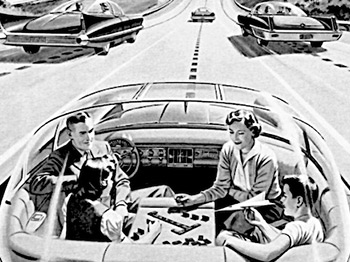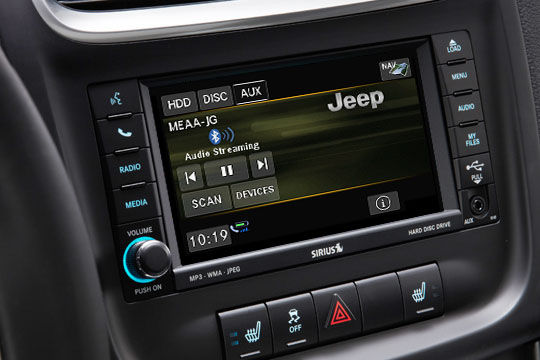As reported recently by Bloomberg and the Wall Street Journal, Ford is planning to end the use of Microsoft’s Windows Embedded Automotive operating system for its in-vehicle infotainment (IVI) systems and replace it by Blackberry’s QNX operating system.
Ford’s SYNC IVI platform, introduced in 2007 was well received by users, primarily because of Ford’s strategy to offer an open, easy to connect to environment. SYNC’s AppLink application allows easy connection to iPhone and Android devices and to user’s Pandora and Spotify accounts, podcast aggregators and other brought-in content. This is in stark contrast to the much closer nature of competitor’s systems such as GM’s OnStar. And unlike OnStar that targets users of luxury models, Ford was wise to offer SYNC on entry level models used by younger consumers such as Ford Focus and Fiesta.
But everything changed with the introduction of MyFord Touch in 2010. This IVI system experienced user interface flaws and instability from the get go. Its unreliability had lead J.D. Powers & Associates to rank Ford’s standing in the 2011 “Initial Quality Survey” of new car in 23rd place, down from fifth in 2010.
Although many of MyFord Touch’s issues have been fixed, Ford announced that its replacement, the upcoming SYNC 3, will go back to a simpler design and feature set and will be based on QNX software. Ford joins a number of other automakers adopting standards-based QNX: a boost to QNX and a blow to Microsoft which has been blamed directly for the poor performance of MyFord Touch.
The designers of a confusing and unreliable user interface should not hide behind the design and presumed limitations of the underlying operating system. Ford needs to improve the overall IVI product development process, which, in the past, suffered program management challenges that had resulted in pushing scheduled and cutting corners to the detriment of quality.
Ford has reportedly collected 22,000 comments and suggestions for the design of SYNC 3. It will be quite a challenge to translate those into a cohesive solution. Over half of Ford’s North American vehicles will be equipped with Sync 3 by the end of 2016. Vehicles not equipped with Sync 3 will utilize the original Ford Sync.



